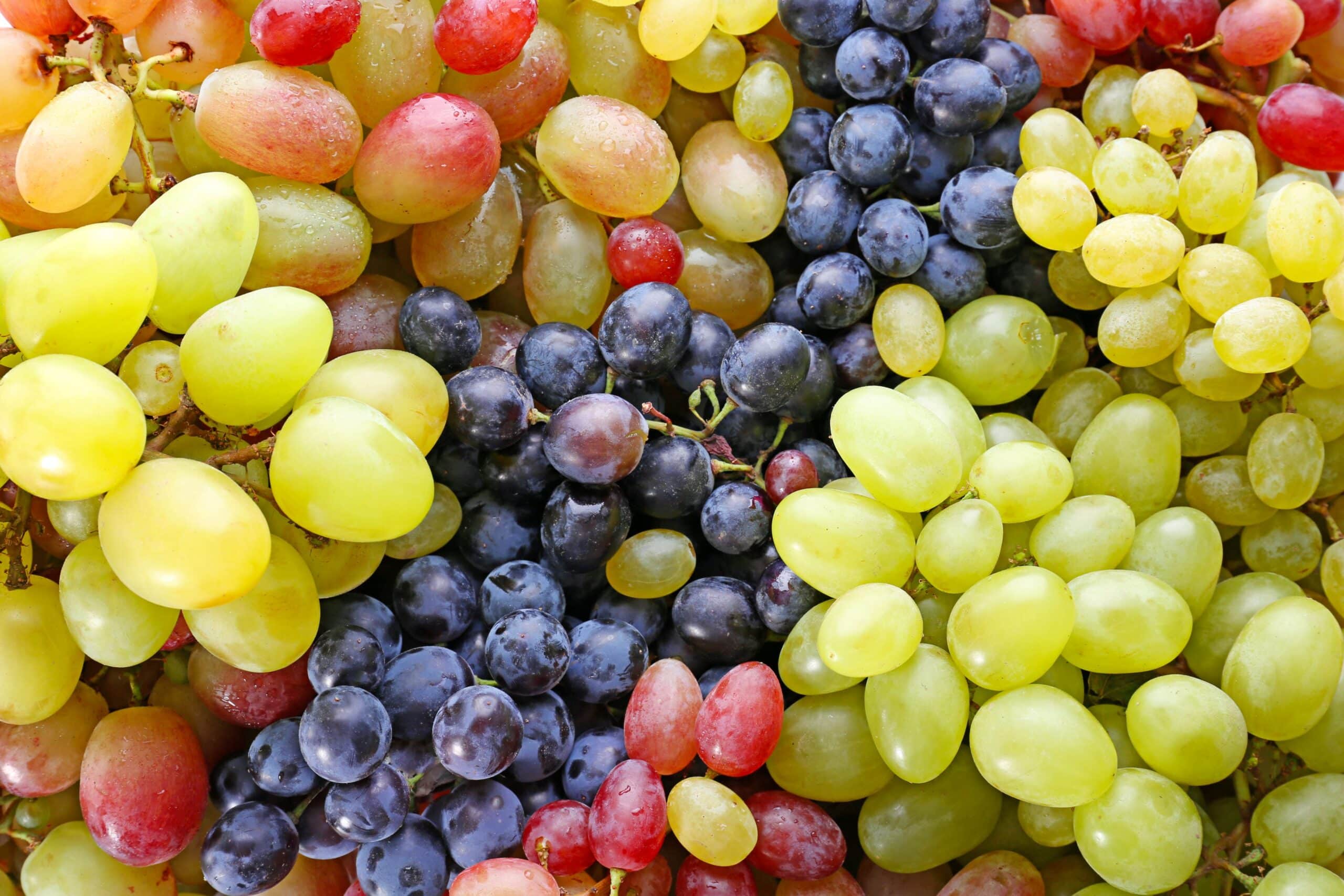This study has implications for an aging population that is at greater risk of eye disease and vision problems driven by oxidative stress, and high levels of ocular advanced glycation end products (AGEs). AGEs may contribute to eye disease by damaging the vascular components of the retina, impairing cellular function, promoting inflammation, and causing oxidative stress. Dietary choices can add to AGEs damaging effects or they can help to decrease and inhibit the formation of these harmful metabolic by-products with possible beneficial effects on the retina.
Advanced glycation end products (AGEs) are metabolic by-products that occur when a sugar combines with part of a protein, lipid, or nucleic acid. AGEs also occur naturally when we metabolize sugars in a cell, but more to the point, they are created during baking, frying, and grilling, and AGEs are present in many processed foods; the resulting chemicals can run amok in the body wreaking havoc. AGEs cause neurological problems, inflammation, oxidative damage, hypertension, kidney disease, and certain cancers, as well as contribute to the development of blood vessel stiffening. Additionally, the accumulation of these metabolic by-products in several organs is likely to be one of the major drivers of the aging of various organs and the organism as a whole. Grapes are a natural source of antioxidants and other polyphenols that may help to protect against harmful AGEs.
“Oxidative stress is a key risk factor for visual impairment and consuming dietary antioxidant-rich foods may help in managing visual impairments,” the researchers wrote in the study, noting that grapes are a natural source of antioxidants and other polyphenols.
Preliminary studies (2) found that grape consumption was protective of retinal structure and function. This study involved 34 participants who consumed either a placebo or the equivalent of 1.5 cups of grapes per day for 16 weeks. Those in the grape group displayed a significant increase in Macular Pigment Optical Density (MPOD), plasma antioxidant capacity, and total phenolic content compared to the controls. On the other hand, those in the control group who did not eat grapes displayed significant increases in harmful AGES, as measured in the skin, according to the researchers.
“Our study is the first to show that grape consumption beneficially impacts eye health in humans which is very exciting, especially with a growing aging population,” said Dr. Jung Eun Kim. “Grapes are an easy, accessible fruit that studies have shown can have a beneficial impact in normal amounts of just 1 ½ cups per day.”
The researchers concluded that the regular intake of grapes may improve eye health in older adults, specifically in augmenting MPOD, which can be explained by an increase in plasma total antioxidant capacity and phenolic content, and the downregulation of the harmful AGEs.




